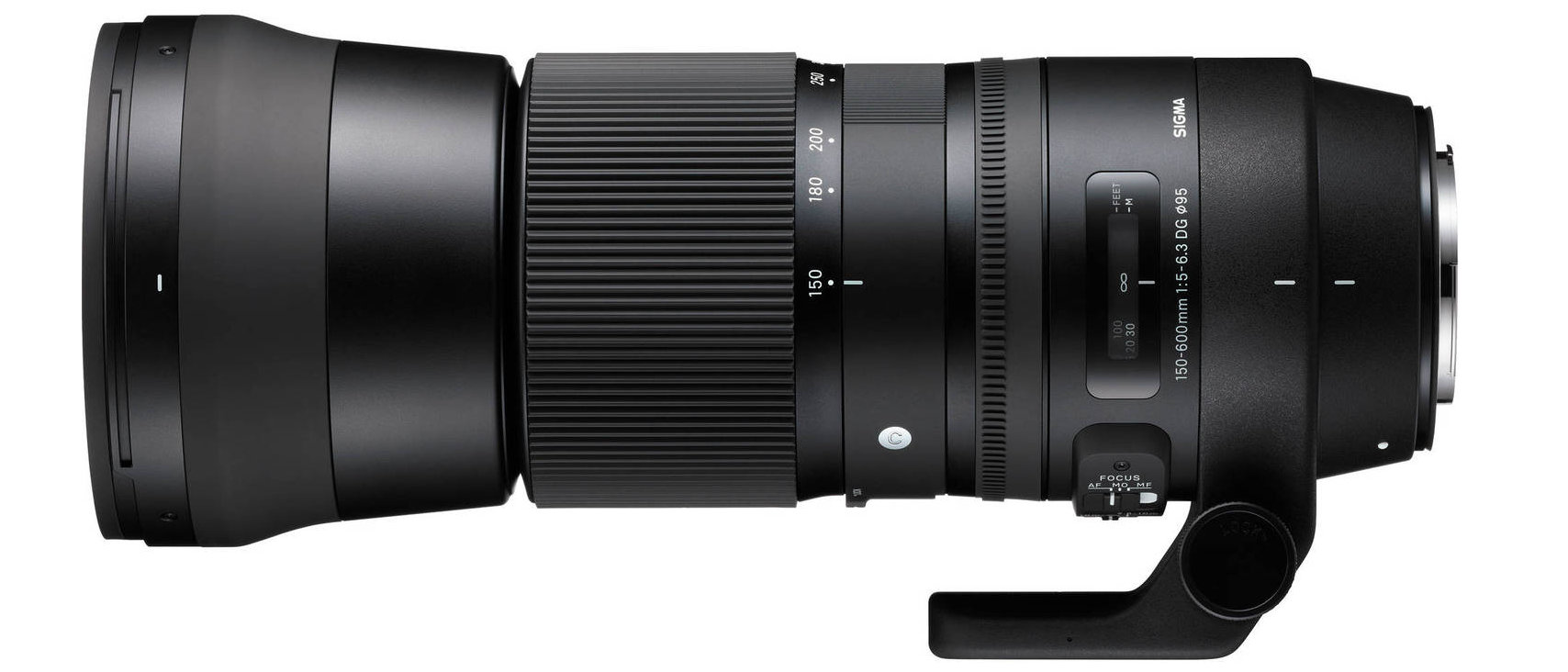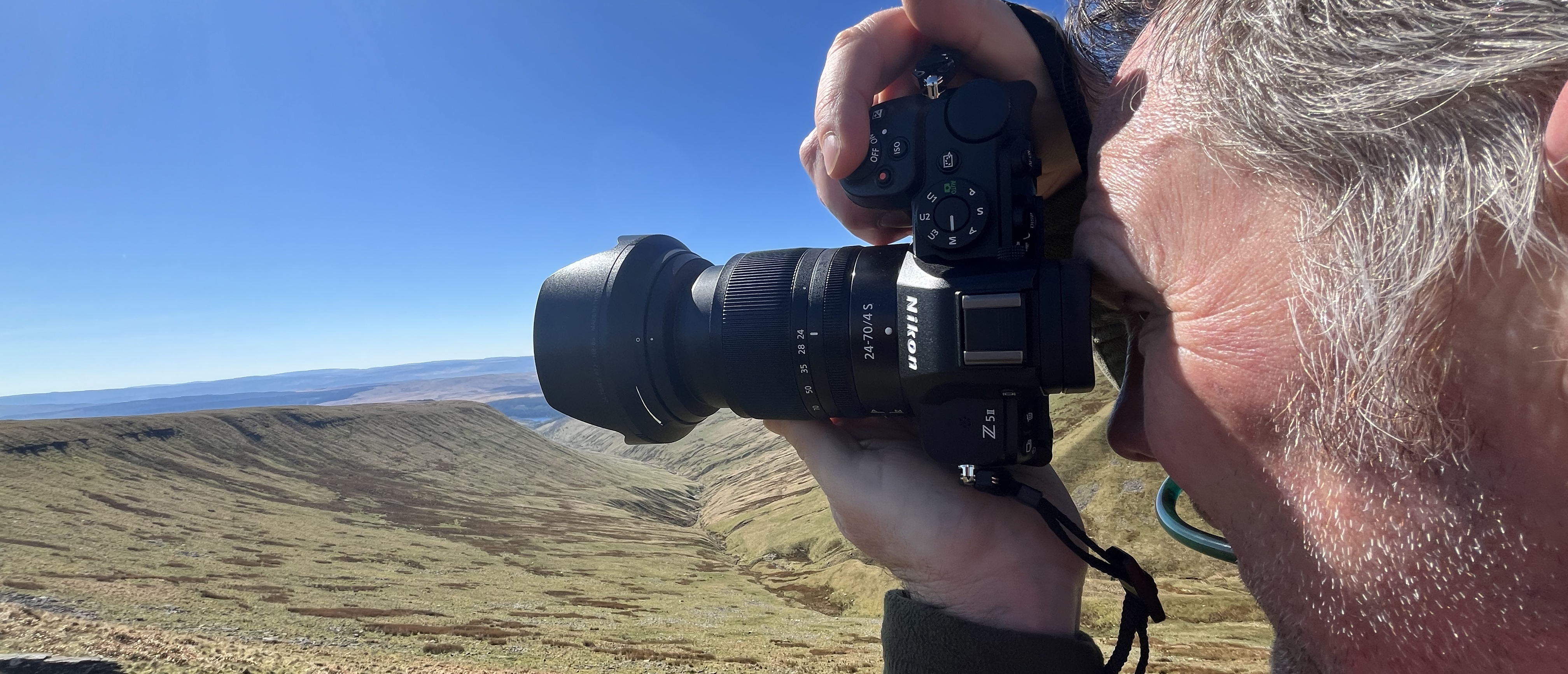Digital Camera World Verdict
As one of Sigma’s ‘Contemporary’ lenses, the Sigma 150-600mm f/5-6.3 DG OS HSM | C is designed to deliver good performance while keeping the size down and the weight off. It boasts tremendous super-telephoto reach, stretching all the way to 600mm focal length, while significantly undercutting most competing lenses for price. Not only easier on your wallet, it’s much easier on your back than the Sigma 150-600mm Sports lens, which is nearly a kilogram lighter. This Contemporary edition is therefore much more comfortable for prolonged periods of handheld shooting, while performance makes it a great buy at the price.
Pros
- +
Epic super-telephoto zoom range
- +
Good build-quality and performance
- +
Great value for money
Cons
- -
Still pretty weighty
- -
Sharpness drops off at the long end
Why you can trust Digital Camera World
The Sigma 150-600mm f/5-6.3 DG OS HSM ‘Contemporary’ is the smaller and more lightweight of Sigma’s 150-600mm super-telephoto zoom lens, the other being the ‘Sports’ edition. While matching the Sports lens for aperture rating as well as zoom range, the Contemporary version is much more manageable for handheld shooting.
Specifications
Mount: Canon EF, Nikon F FX, Sigma SA
Full frame: Yes
Image stabilization: Yes
Autofocus: Yes
Lens construction: 20 elements in 14 groups
Angle of view: 16.4-4.1 degrees
Diaphragm blades: 9
Minimum aperture: f/22
Minimum focusing distance: 2.8m
Maximum magnification ratio: 0.2x
Filter size: 95mm
Dimensions: 105x260mm
Weight: 1,930g
Key features
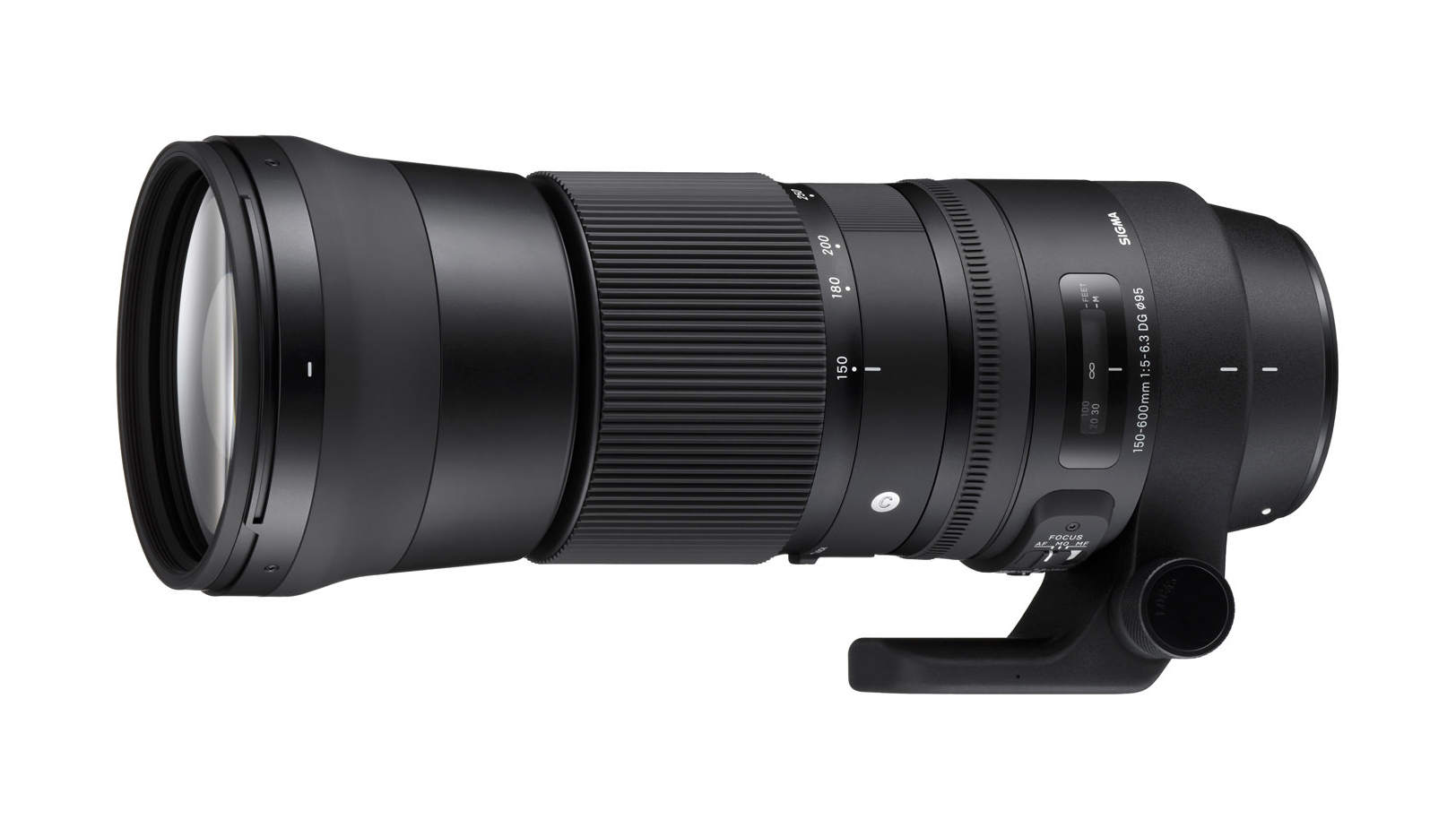
Although designed with an eye on the price tag, the budget-friendly Sigma boasts an impressive feature list. Posh glass includes one top-grade FLD (‘Fluorite’ Low Dispersion) element and three SLD (Special Low Dispersion) elements. Despite the price drop from Sports line lenses, you still get the full range of switchable dual autofocus, giving priority to either AF or manual override, an AF range limiter, dual-mode optical stabilization for static and panning shots, and two switchable custom modes. These can be set up with Sigma’s optional USB Dock, to tailor various functions like how visible stabilization is in the viewfinder, and the speed of autofocus.
The 150-600mm Contemporary lens isn’t as extensively weather-sealed as the Sports edition but still has a rubber gasket on the mounting plate, along with fluorine coatings on the front and rear elements to repel moisture and greasy fingermarks. The zoom lock switch can be engaged at any zoom setting that has a marked focal length.
Performance
All aspects of performance are very respectable, from the rapid autofocus speed and 4-stop optical stabilization to the lens’s image quality. Sharpness is excellent in the shorter half of the zoom range but drops off a bit towards the long end.
Lab results
We run a range of lab tests under controlled conditions, using the Imatest Master testing suite. Photos of test charts are taken across the range of apertures and zooms (where available), then analyzed for sharpness, distortion and chromatic aberrations.
We use Imatest SFR (spatial frequency response) charts and analysis software to plot lens resolution at the center of the image frame, corners and mid-point distances, across the range of aperture settings and, with zoom lenses, at four different focal lengths. The tests also measure distortion and color fringing (chromatic aberration).
Sharpness:
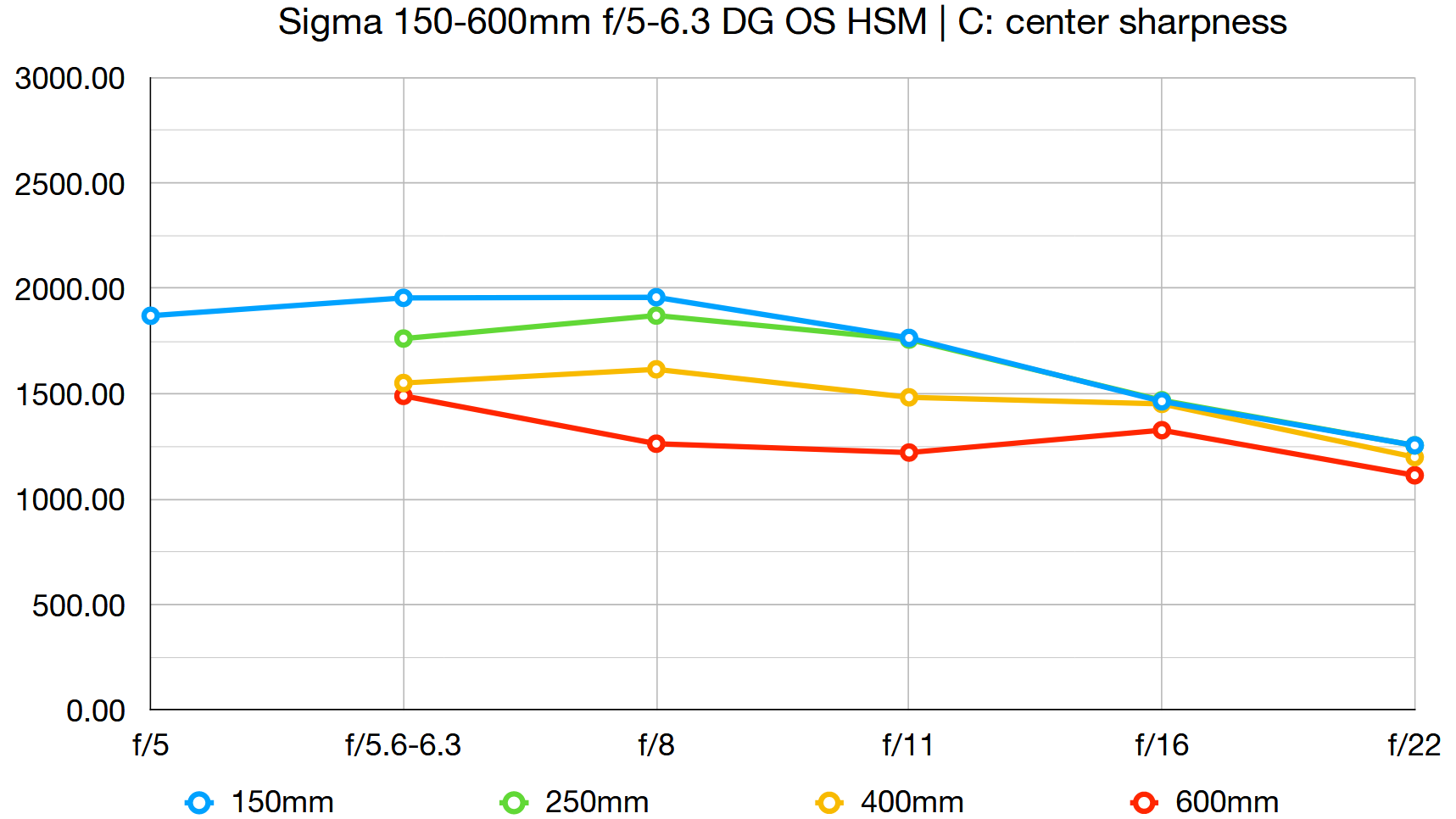
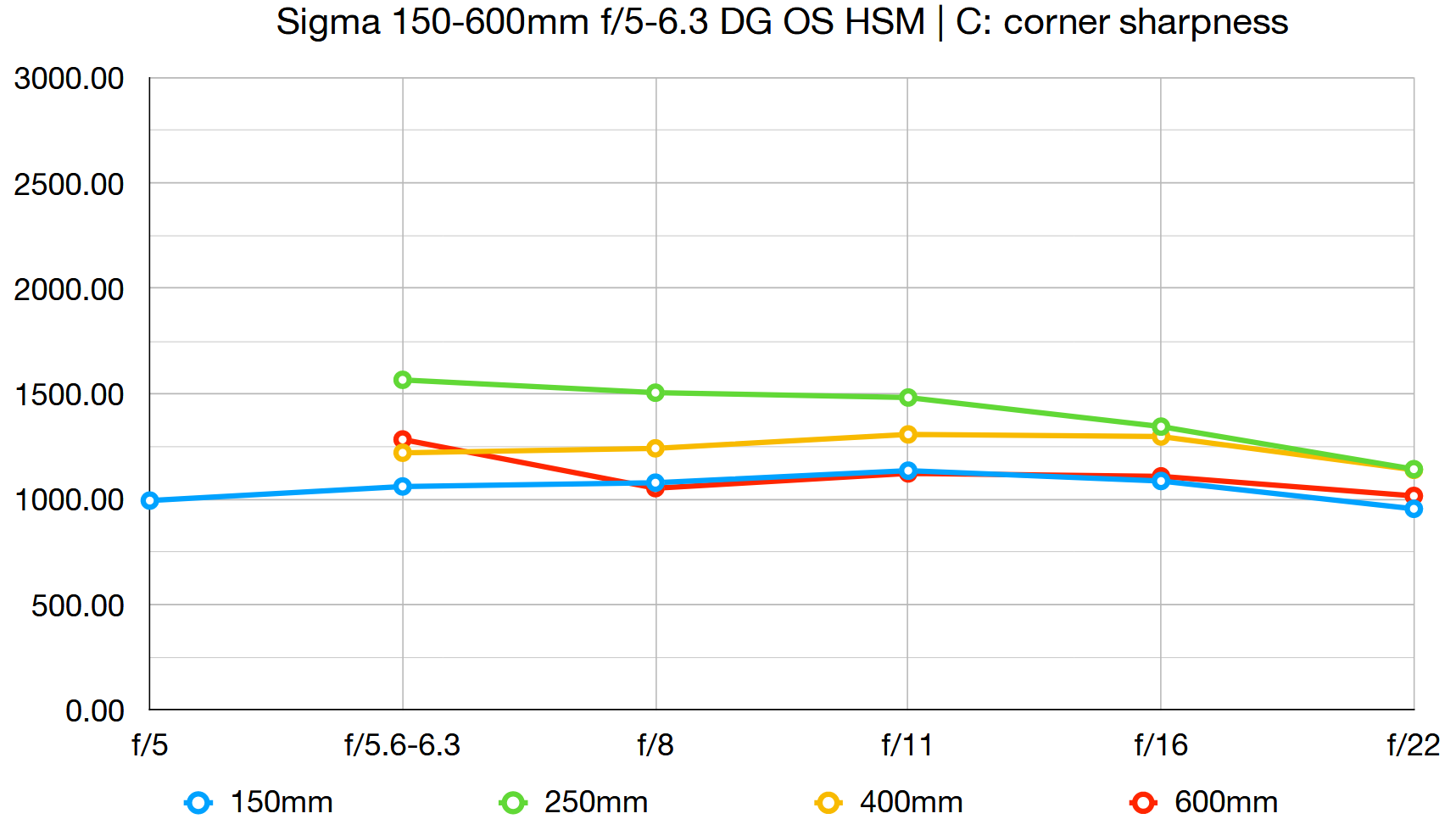
Levels of sharpness are very good indeed in the 150-250mm sector of the zoom range. It’s still pretty good at the 400mm mark and adequate at 600mm. Importantly, given that it’s not a ‘fast’ lens, sharpness is at or near its best when using the widest available apertures.
Fringing:
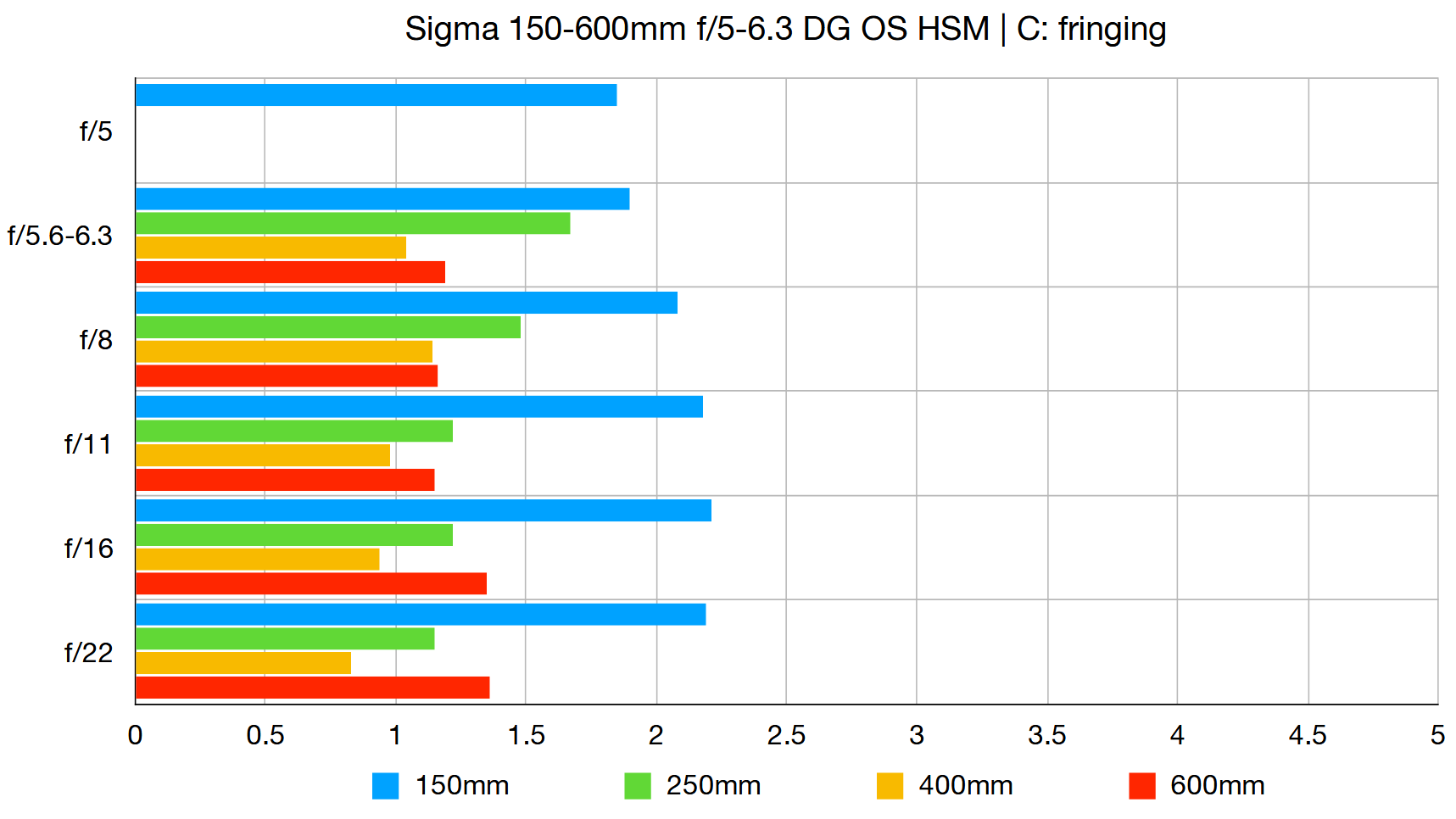
Color fringing can be a little noticeable at the short end of the zoom range, towards the edges of the frame, but is slightly reduced at longer zoom settings.
Distortion:
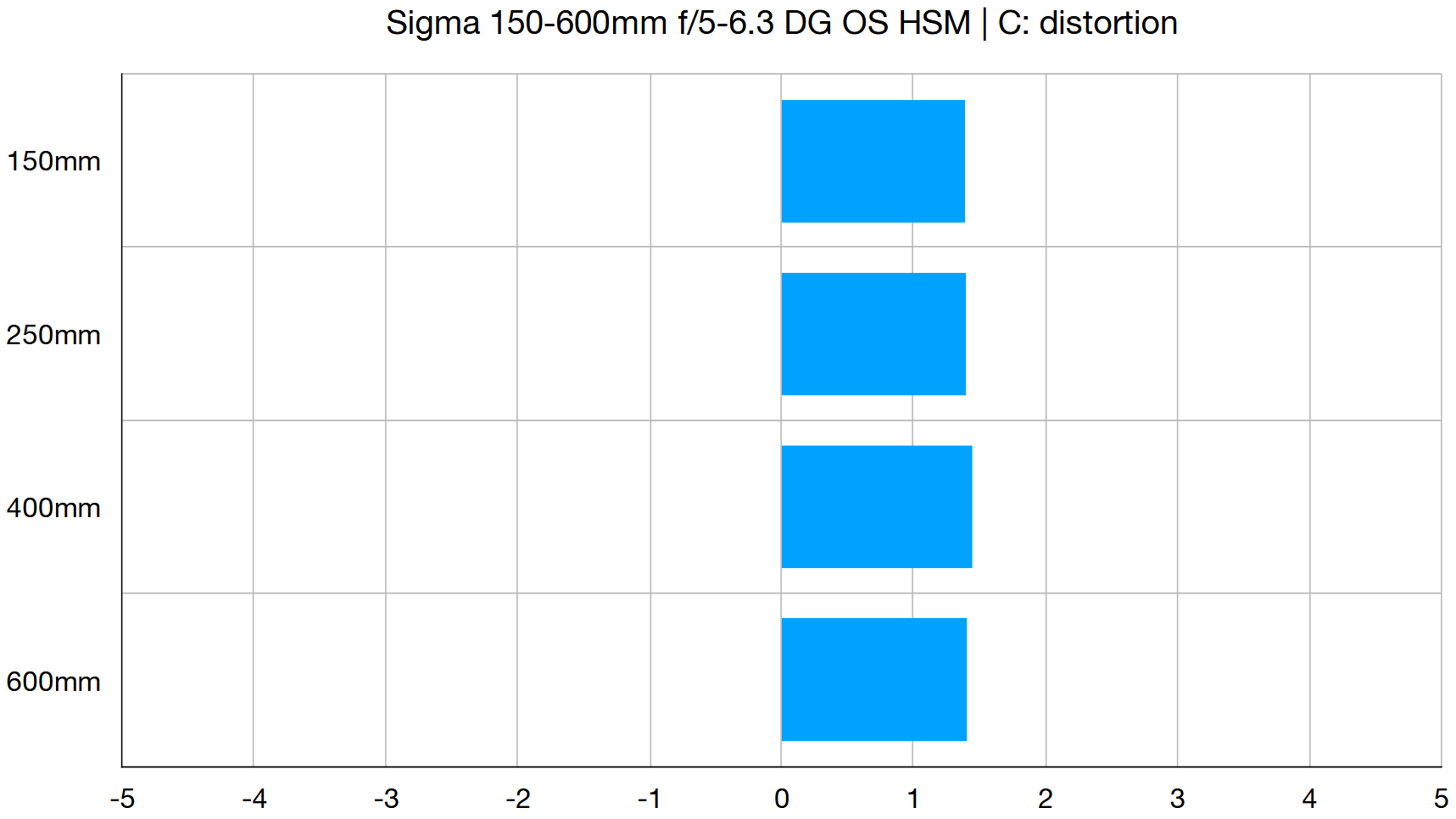
Fairly minimal pincushion distortion remains very constant at all focal lengths.
Verdict
Ideal for handheld wildlife and sports photography, this Sigma lens has a manageable size and weight, along with effective optical stabilization. Image quality and overall performance are very good, making it a great buy at the price. It’s well suited to full-frame Canon and Nikon DSLRs, while giving an even more extravagant maximum ‘effective’ telephoto reach of 240-960mm or 225-900mm on the two brands of APS-C format cameras, respectively.
Read more:
• The best telephoto lenses
• The best 150-600mm lenses
• The best Canon telephoto lenses
• The best Nikon telephoto lenses
• The best budget telephoto-zoom lenses
• Best lenses for bird photography
Matthew Richards is a photographer and journalist who has spent years using and reviewing all manner of photo gear. He is Digital Camera World's principal lens reviewer – and has tested more primes and zooms than most people have had hot dinners!
His expertise with equipment doesn’t end there, though. He is also an encyclopedia when it comes to all manner of cameras, camera holsters and bags, flashguns, tripods and heads, printers, papers and inks, and just about anything imaging-related.
In an earlier life he was a broadcast engineer at the BBC, as well as a former editor of PC Guide.
